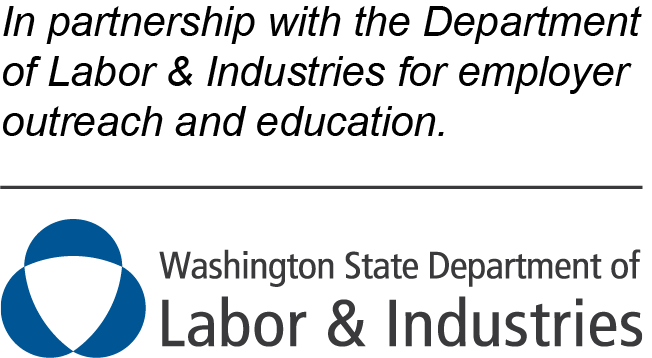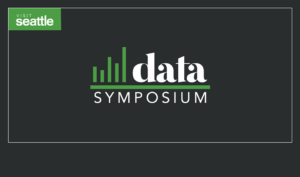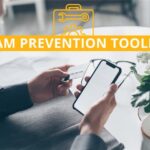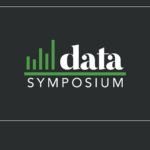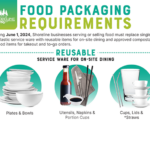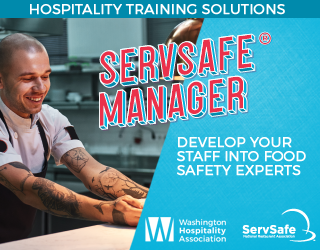
Chemical-related injuries and illnesses are preventable. Being informed about chemicals enables you to make good decisions about the necessary safety precautions to take in your workplace.
What does “hazardous” mean?
Any chemical that can potentially cause harm is considered to be hazardous. Chemicals can be hazardous if they:
- Can irritate the eyes, skin, or respiratory tract
- Are toxic or carcinogenic (cancer-causing)
- Are corrosive
- Can explode or cause fire
- Create low-oxygen environments (e.g., by displacing or chemically reacting with oxygen in an enclosed or confined space)
Hazardous chemicals exist in a variety of forms in the workplace. Some common examples: liquids, stored gases, and particles like dust, powders, sprays, and mists. In lodging, pool chemicals, certain cleaning supplies, and certain landscape-related products, for example, are hazardous and require a hazard communication plan.
Get prepared before you walk through your workplace to spot chemicals. Use L&I’s job hazard analysis (JHA), Workplace Hazards & Solutions Worksheet, or some other resource to keep track of what you find and note any necessary safety precautions.
If you aren’t sure whether a chemical is hazardous, check information on required safety data sheets (SDSs) and product labels. Request current SDSs and labels from distributors or manufacturers if you don’t have them and be sure to keep a list of the hazardous chemicals currently present in your company’s workplace.
Chemicals in the air
Check to see if chemicals can be released into the air as vapor, liquid or solid particles, or as a gas during work activities (e.g., spraying, sanding, welding), processes (e.g., combustion, evaporation, fermentation), or from equipment (e.g., metal plating tanks, industrial mixers and conveyors).
Chemicals in the air that are possibly hazardous are called “airborne contaminants” and would necessitate additional safety measures when workers’ exposures are above the regulated limit for the chemical.
Creating a Hazard Communication Program
In Washington, the Hazard Communication rule requires you — the employer — to inform and train your employees about hazardous chemicals in your workplace. At a minimum, employers are required to develop and follow a written Chemical Hazard Communication Program when employees work with or around hazardous chemicals. Failure to have a hazard communication plan is one of the top 10 rule violations cited in L&I inspections.
A sample, customizable hazard communication program template for L&I is available in English and Spanish thru the QR code in the Additional Resources section. There is also a link to L&I’s Employer’s Guide to the Hazard Communication Rule which provides a helpful checklist, answers to common questions about requirements, training guidance and a standardized label and pictograms to help your company comply with the rule. This guide is also available in Spanish.
Your written Hazardous Communication Program will include the name and title of the person who will be responsible for procedures related to hazardous chemical container labeling, Safety Data Sheets (SDS), and employee education and training.
This person will be responsible for reviewing and updated procedures and ensuring that new employees receive a health and safety orientation on the Hazardous Chemical Standard and the hazardous chemicals they may encounter in their workplace.
Training resources available from L&I include:
- A Chemical Hazard Communication Training Kit for instructors
- A narrated training module, Chemical Hazard Communication for Employees
- A Workers’ Guide to Hazardous Chemicals (available as an English-Spanish bilingual brochure)
- Videos
- Standardized Hazard Communication Pictograms for labeling (from OSHA.gov)
Chemical Spills
Depending on what’s possible in the workplace, your overall safety program may also need to address emergency response to chemical spills or releases, personal protective equipment (PPE), and respiratory protection.
Drug labs
Methamphetamine (meth) labs are a serious problem in Washington. They are particularly damaging to the lodging industry. Contact with or breathing in the chemicals used to make the dangerous drugs is likely to cause very serious injuries or death. If you think you may have a meth lab operating at your site,
PLEASE call law enforcement immediately.
Do not allow anyone to go near the location until it has been remedied. If law enforcement finds a lab is or was present on your property, the law requires you to have your local health department determine the degree of contamination. You cannot rent the unit again until the local health department agrees it was cleaned properly.
Note: You are also required to contact the Washington Department of Health before you rent any unit that was found to be contaminated. DOH will ask to see the authorization you have from your local authorities that confirms the facility is safe.
Additional Resources
Labor & Industries
OSHA
Department of Health

